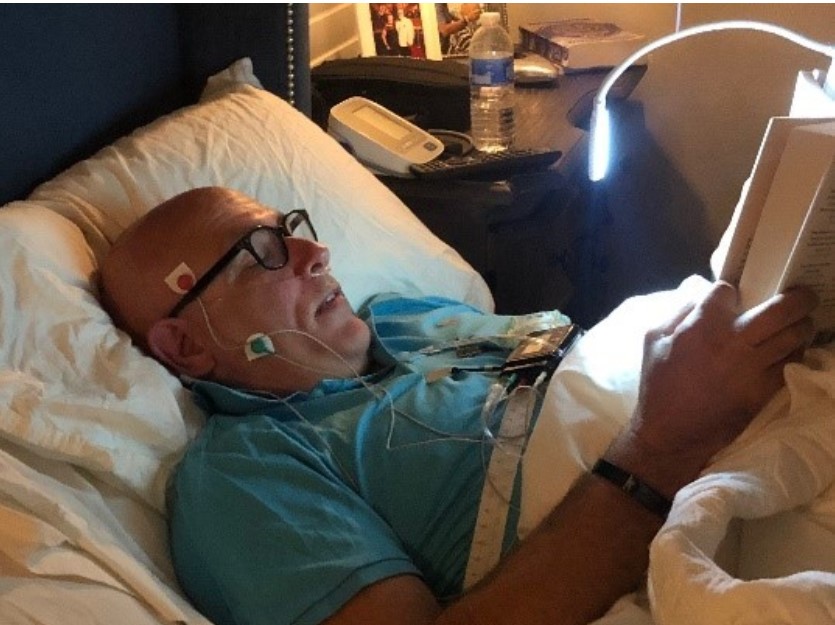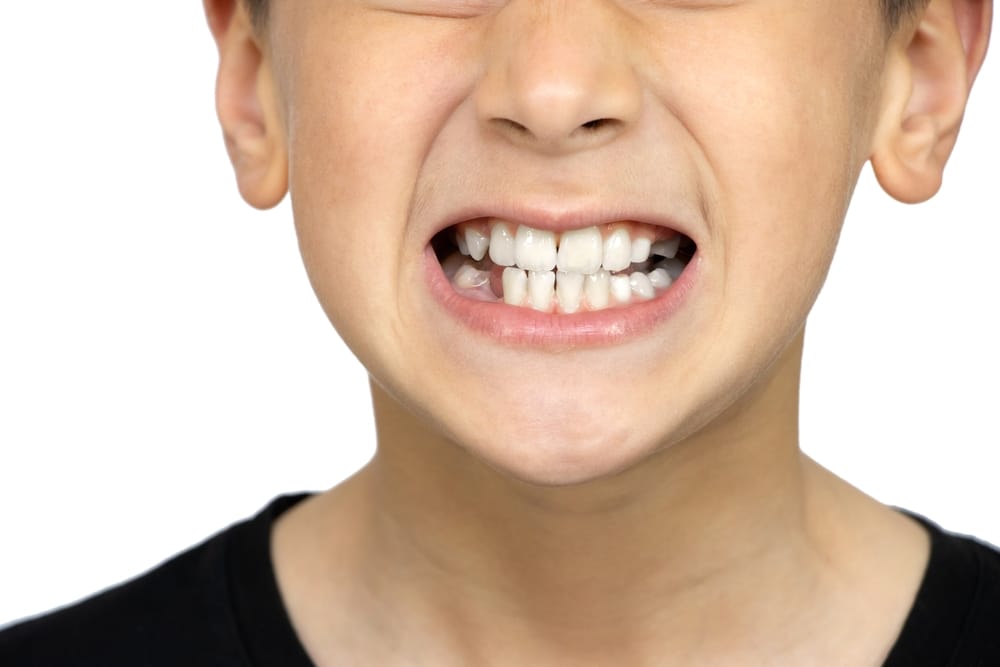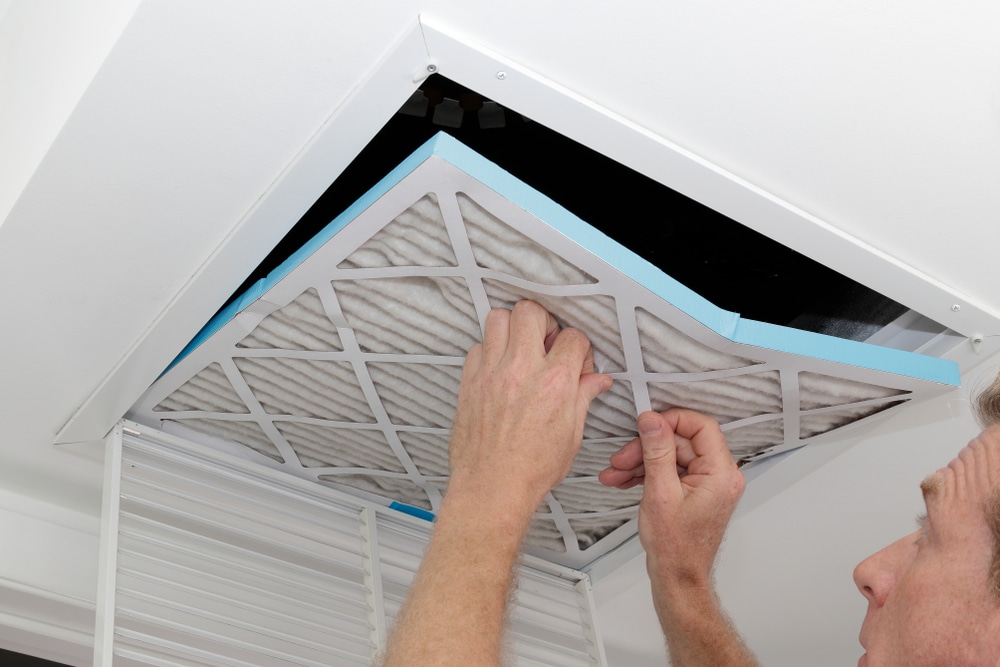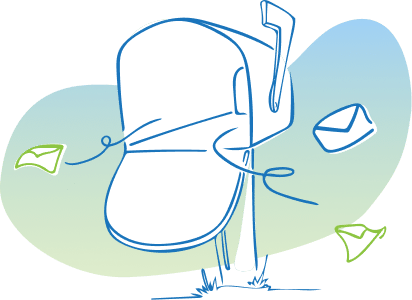Have you ever woken up feeling groggy and unrested, even after a full night’s sleep? You might be surprised to learn that the quality of your sleep is not only determined by the amount of time you spend in bed, but also by your breathing patterns during sleep.
Shallow breathing, which refers to taking in less air than your body needs, can have a significant impact on the quality of your sleep and your overall health.
Shallow breathing can lead to low oxygen levels, which can cause low blood oxygen levels which can cause you to awaken which disrupts your sleep cycle resulting in excessive daytime sleepiness.
In this article, we’ll explore the definition of shallow breathing during sleep and why it’s important to pay attention to your breathing patterns at night.
We’ll also discuss the potential risks associated with shallow breathing and how to improve your sleep quality by optimizing your breathing patterns.
So, if you’re ready to wake up feeling more refreshed and energized, let’s dive in and explore the world of shallow breathing with a focus on sleep.
Risk Factors
Shallow breathing can be a concerning issue for many individuals. While it can affect anyone, certain risk factors can increase your chances of developing this condition.
Age is a significant factor, as shallow breathing becomes more common as people get older.
Gender is also a factor, as men are more likely to develop sleep apnea and other breathing disorders than women.
Weight is another important consideration, as being overweight or obese puts extra pressure on the airways, making them more likely to collapse or narrow during sleep.
Additionally, family history can play a role, as genetics can make some people more susceptible to shallow breathing.
Certain medical conditions can also increase your risk of shallow breathing during sleep. Asthma, chronic obstructive pulmonary disease (COPD), or heart failure are all conditions that can cause difficulty breathing.
Medications can also play a factor, especially sedatives, muscle relaxants, and opioids, which can cause respiratory depression, flaccid airway tissues and increase the risk of upper airway resistance and obstructive sleep apnea.
It’s important to be aware of these risk factors and to seek medical attention if you suspect that you have breathing issues during sleep.
your family doctor or sleep specialist can evaluate your symptoms, perform tests such as a sleep study, and determine the best course of treatment.
By identifying and addressing these risk factors, individuals can take steps to improve their sleep quality and overall health.
The Connection Between Shallow Breathing and Sleep Apnea
Sleep apnea is a condition in which the airway becomes partially or completely blocked during sleep, causing the individual to stop breathing or shallow breathing. This interruption in breathing can cause a range of symptoms and increase the risk of serious health complications.
There are two types of sleep apnea: obstructive sleep apnea (OSA) and central sleep apnea (CSA).
Obstructive sleep apnea is the most common type of sleep apnea and occurs when the muscles in the back of the throat fail to keep the airway open during sleep, resulting in shallow breathing or pauses in breathing.
Central sleep apnea, on the other hand, occurs when the brain fails to send signals to the muscles that control breathing, resulting in a lack of effort to breathe. Central sleep apnea is a serious medical condition that is completely different than obstructive sleep apnea.
Symptoms of sleep apnea can include loud snoring, gasping or choking during sleep, fatigue, headaches, and difficulty concentrating.
Additionally, sleep apnea can increase the risk of developing other health complications such as high blood pressure, heart disease, and stroke.
The severity of sleep apnea is typically characterized using the apnea hypopnea index (AHI), which measures the number of apnea (complete blockage of airflow) and hypopnea (partial blockage of airflow) events per hour of sleep.
Understanding AHI
The apnea-hypopnea index, or AHI, is a measure of how often a person’s breathing is disrupted during sleep. Doctors typically calculate AHI during a sleep study, which is also known as a polysomnogram. During the study, the patient is hooked up to sensors that monitor brain waves, heart rate, blood oxygen levels, and breathing.
The AHI is calculated by dividing the number of apneas and hypopneas that occur during the study by the number of hours the patient was asleep.
Apneas are periods of complete cessation of breathing for at least 10 seconds, while hypopneas are periods of shallow breathing or partial blockage of the airway that lead to a decrease in oxygen levels.
Mild sleep apnea 5-15 events per hour
Moderate sleep apnea 15-30 events per hour
Severe sleep apnea 30+ events per hour
Health Risks Associated with Shallow Breathing
Shallow breathing can lead to a number of health risks, particularly when it occurs frequently and over a prolonged period of time.
One of the most serious risks associated with shallow breathing is an increased risk of cardiovascular disease.
This is because shallow breathing can cause a decrease in blood oxygen levels, which can in turn lead to elevated blood pressure and heart rate.
Over time, this can put a strain on the heart and lead to an increased risk of heart disease, heart attack, and stroke.
In addition to cardiovascular disease, shallow breathing has also been linked to an increased risk of developing diabetes.
This is because shallow breathing can disrupt the body’s natural hormone balance, leading to insulin resistance and an increased risk of developing type 2 diabetes.
Furthermore, individuals with diabetes who also have sleep apnea are at an increased risk of developing complications such as neuropathy, retinopathy, and nephropathy.
Shallow breathing can also have an impact on mental health. Individuals with sleep apnea or shallow breathing may be more likely to experience depression and anxiety due to the disruption of sleep patterns and the impact on mood regulation.
Additionally, cognitive impairment and memory loss have also been linked to sleep apnea and shallow breathing, particularly in older adults. This is because the decrease in oxygen levels can impact brain function and lead to a decline in cognitive abilities over time.
Diagnosing Shallow Breathing and Sleep Apnea
Diagnosing shallow breathing and sleep apnea often involves a sleep study, which is typically conducted at a sleep center or other medical facility.
During an in lab sleep study, an individual will be connected to various monitoring devices to track their breathing, heart rate, brain activity, and other vital signs. This can help healthcare providers make a sleep apnea diagnosis any disruptions in breathing patterns during sleep, as well as any other underlying medical conditions that may be contributing to sleep apnea or shallow breathing.
In addition to in lab sleep studies, there are other diagnostic strategies that may be used to diagnose sleep apnea and shallow breathing, such as a home sleep apnea testing devices.

This involves wearing a small device that monitors breathing patterns and other vital signs while sleeping in the comfort of your own home.
Early detection and treatment of sleep apnea and shallow breathing is important, as it can help to prevent or reduce the risk of developing serious health complications.
Treatment Options for Shallow Breathing and Sleep Apnea
If you have been diagnosed with shallow breathing or sleep apnea, there are several treatment options available to improve your breathing and overall health.
Lifestyle changes and self-care practices can be a great place to start. Weight loss, avoiding alcohol and sedatives, and sleeping on your side can all help to improve your breathing.
It’s also important to maintain good sleep hygiene, such as sticking to a regular sleep schedule and creating a relaxing sleep environment.
In some cases, a continuous positive airway pressure (CPAP) machine may be recommended to help keep your airway open during sleep. This machine delivers a steady stream of air through a mask that fits over your nose or mouth, keeping your airway open and preventing shallow breathing or pauses in breathing.
While CPAP can take some time to get used to, it is highly effective in treating sleep apnea and improving your sleep quality.
Oral appliances, such as mouthguards or mandibular advancement devices, can also be used to treat sleep apnea. These devices are custom-fitted to your teeth, by a trained dentist, and work by repositioning your jaw forward and supporting the tongue out of the airway to keep your airway open during sleep.
In more severe cases of sleep apnea, surgery may be recommended to remove excess tissue or reposition the jaw.
Prevention and Management Strategies
If you are concerned about developing shallow breathing or sleep apnea, there are several steps you can take to reduce your risk and manage your symptoms.
One of the most important prevention strategies is maintaining a healthy weight. Being overweight or obese can increase your risk of developing sleep apnea and make it harder to manage your symptoms.
By following a healthy diet and exercise plan, you can not only reduce your risk of developing sleep apnea but also improve your overall health.
Another key prevention strategy is avoiding alcohol and sedatives before bedtime. These substances can relax the muscles in your throat and make it more likely that you will experience shallow breathing or interruptions in your breathing.
Regular exercise and stress management can also be helpful in preventing and managing sleep apnea. Exercise can help to strengthen the muscles in your throat and improve your overall respiratory health.
Stress management techniques, such as meditation or deep breathing exercises, can help to reduce your overall stress levels restore normal breathing and promote more restful sleep.
One of the most common treatment options is continuous positive airway pressure (CPAP) therapy, which involves wearing a mask that delivers a continuous flow of air to keep your airways open during sleep.
Oral appliances, such as dental devices that hold your jaw in a certain position, can also be helpful in preventing interruptions in your breathing during sleep.
In some cases, surgery may be necessary to address the underlying causes of sleep apnea. For example, if you have a deviated septum or other structural abnormalities in your airway, surgery may be needed to correct these issues .
Comorbid Conditions Associated with Shallow Breathing
Shallow breathing can be a symptom of underlying medical conditions. Asthma and chronic obstructive pulmonary disease (COPD) are two respiratory conditions that can increase the risk of shallow breathing.
These conditions can cause airway obstruction and inflammation, which can lead to difficulty breathing and reduced oxygen intake.
Heart failure and other cardiovascular conditions can also increase the risk of shallow breathing. Sleep apnea and other sleep disorders have been linked to a higher risk of hypertension, coronary artery disease, and stroke.
If you have a history of heart disease or other cardiovascular conditions, it’s important to speak with your healthcare provider about monitoring your breathing patterns during sleep and taking steps to reduce your risk of developing sleep apnea.
Anxiety and panic disorders can also increase the risk of shallow breathing. People with anxiety and panic disorders may experience rapid breathing, hyperventilation, and other breathing difficulties that can disrupt sleep and reduce oxygen intake.
If you have an anxiety or panic disorder, it’s important to seek treatment from a mental health professional and work on strategies to manage your symptoms, such as relaxation techniques and breathing exercises.
Conclusion
It is essential to pay attention to the signs and symptoms of shallow breathing and seek medical attention if you suspect that you have sleep apnea.
Shallow breathing can lead to serious health risks such as cardiovascular disease, diabetes, depression, anxiety, cognitive impairment, and memory loss.
However, there are many effective treatment options available, such as CPAP machines, oral appliances, surgery, and lifestyle changes.
It’s crucial to prioritize good sleep hygiene and overall health by maintaining a healthy weight, avoiding alcohol and sedatives before bedtime, regular exercise, and stress management.
By taking steps to prevent and manage shallow breathing, you can improve your sleep quality and reduce the risk of developing associated health problems.
Remember, it’s never too late to make positive changes to your sleep and overall health. Don’t hesitate to talk to your healthcare provider if you have concerns about your breathing patterns during sleep.
Together, you can develop a treatment plan that works best for you and improve your overall quality of life. Sweet dreams!





